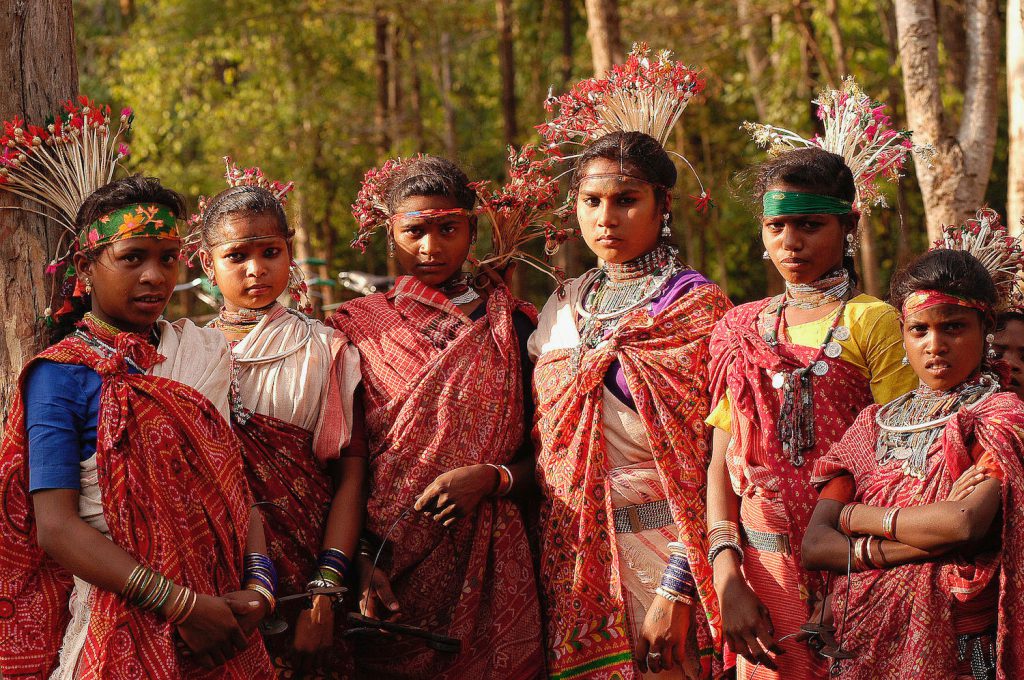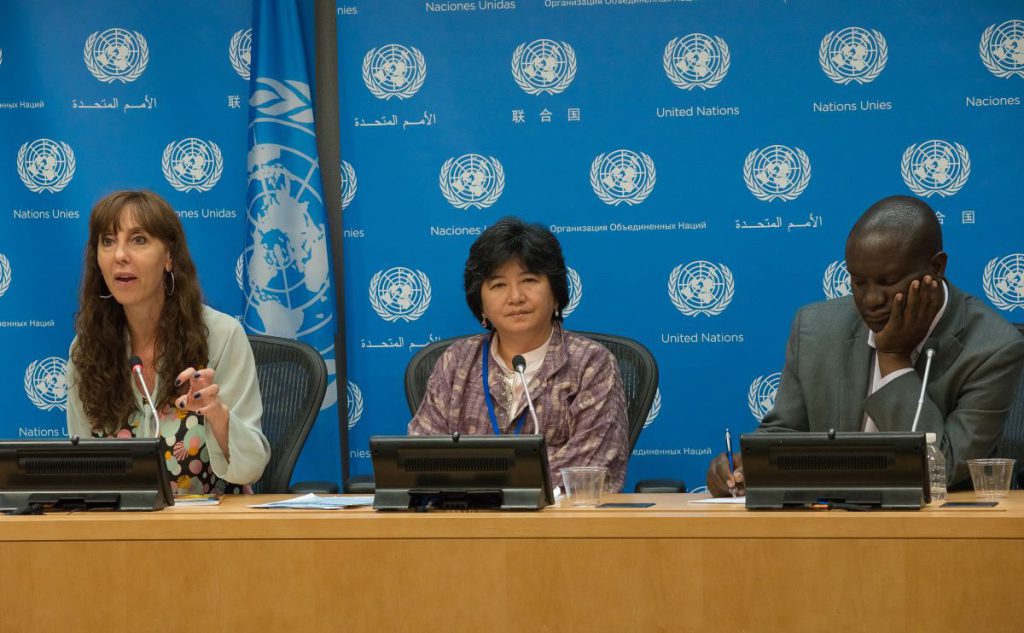Must Conservation and Indigenous Rights Clash?

Our planet is in trouble. By some estimates, just 23 percent of Earth’s nonfrozen landmass and 13 percent of its oceans remain as wilderness, a million species are threatened with extinction, and climate change is set to worsen many of these trends.
Though scientists broadly agree that these changes are worrying, determining the best course of action in response is not easy. Several proposals now feed into a global plan to expand the proportion of land and seas set aside for conservation by 2030.
Earlier this month, one idea hit an important milestone: More than 50 countries committed to support the “Thirty by Thirty” plan, which proposes reserving 30 percent of the Earth’s surface for conservation, banning human activities like fishing, agriculture, or forestry except where done at a small scale that does not threaten biodiversity. Just this week, U.S. President Joseph Biden pledged to see the country participate in this effort.
A draft scientific working paper, commissioned by proponents of the Thirty by Thirty plan and co-authored by more than 100 scholars from disciplines including zoology, economics, and anthropology, suggests this 30 percent plan could bring environmental and economic windfalls. The paper also argues that the 30 percent approach could reduce carbon emissions and cut the risk of disease transfer from wildlife to humans.
But some social scientists oppose this plan. Critics worry that the paper’s calculations overlook the effects on Indigenous peoples and other communities that are often marginalized—particularly as the efforts could involve an end to fishing, farming, and herding on some of their lands. In an open letter released this month with 30 signatures, environmental anthropologists and other scholars say the report marginalizes rural people whose livelihoods will be most affected by the Thirty by Thirty plan.
They see the paper as part of a larger, troubling tendency to ignore the plight of certain communities in the name of conservation and economic growth. As Paige West, an anthropologist at Columbia University in New York and one of the open letter’s authors, says, “I believe that somewhere along the way, the world forgot that the economy is actually people.”
Authors of the scientific working paper circulated their draft among the academic community in July 2020. (The paper technically has still not been finalized or formally published.)
These authors calculate the “costs, benefits, and economic implications” of the Thirty by Thirty plan, comparing them with scenarios involving more modest action. They conclude that expanding protected areas would result in net economic benefits over time through effects including repopulating fish stocks and mitigating climate change impacts. These benefits would outweigh the investment required, the paper suggests, ranging from US$103 billion to US$178 billion per year.
The working paper “reads like a proposal for a new model of colonialism,” according to an open letter.
While West and the other critics acknowledge the desperate need to address the biodiversity crisis, they worry that the report has failed to acknowledge the outsize impact the Thirty by Thirty plan will have on vulnerable communities. These letter writers see the paper’s shortcoming as symptomatic of a failure to consider Indigenous peoples and their rights in environmental conservation more broadly.
“Historically, protected areas have always had a bigger socioeconomic effect on Indigenous and marginalized people,” West says. She finds such considerations lacking from the draft report.
Ashish Kothari, an Indian environmentalist and a founder of Kalpavriksh, a nonprofit organization that deals with environmental and development issues, says such global initiatives often give “inadequate consideration” to the socioeconomic and cultural impacts of extending protected areas into regions likely to be used by Indigenous peoples and other local communities.
Kothari adds, “This is precisely why community-led or community-centered approaches are crucial.”
In the open letter critiquing the Thirty by Thirty paper, Kothari, West, and others argue that the report relies heavily on scholars based in wealthier nations. They write that it “ignores decades of research and experience on the social impacts of conservation” and that the draft report reads “like a proposal for a new model of colonialism.”
The working paper authors disagree that their document ignores the social costs of conservation. Anthony Waldron, the University of Cambridge–based biodiversity finance consultant who led work on the report, counters that the draft paper contains numerous warnings about the importance of respecting the rights of Indigenous peoples and other local communities.
Waldron says that he and his co-authors “look forward to engaging even more strongly with those questions in our next revision of the working paper.”
Some of his co-authors, however, worry that critiques could harm conservation efforts by playing into the hands of those that oppose them. Other co-authors felt the open letter misguidedly critiqued what amounts to an unpublished work in progress. The open letter, these authors claim, implies that the paper is making recommendations regarding the type, location, or arrangement of new conservation areas. But the scientific working paper does not go that far.
Eduardo Brondizio is a Brazil-born environmental anthropologist based at Indiana University Bloomington who contributed to the working paper with Waldron. He argues that there has been progress in recent decades in conservation actions recognizing that the land and resource rights of Indigenous peoples and local communities are foundational to environmental protection.
In the past two to three decades, Brondizio says, collaborations among Indigenous people, governments, and conservation organizations have produced “important advances in both nature conservation and land rights.” What some readers of the working paper may not understand, he contends, is that the Thirty by Thirty plan is part of international negotiations that build on previous intergovernmental agreements, some of which are rooted in the conservation efforts of Indigenous peoples and other local communities.
Brondizio adds that the working paper is already being revised to give greater emphasis to these issues and to highlight that conservation must be a process that is, he says, “bottom-up, respectful of local rights and resource uses, and co-produced locally” while also created within larger-scale political and environmental efforts.
In the meantime, the Thirty by Thirty plan continues to gain international momentum. If it receives global buy-in at the U.N. biodiversity summit scheduled to take place in China this May, it may set the pace of global biodiversity conservation for the coming decade.

































